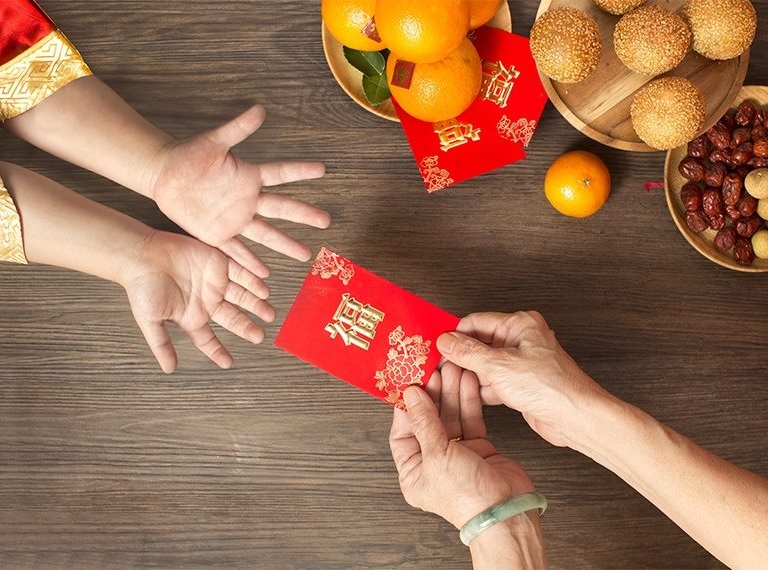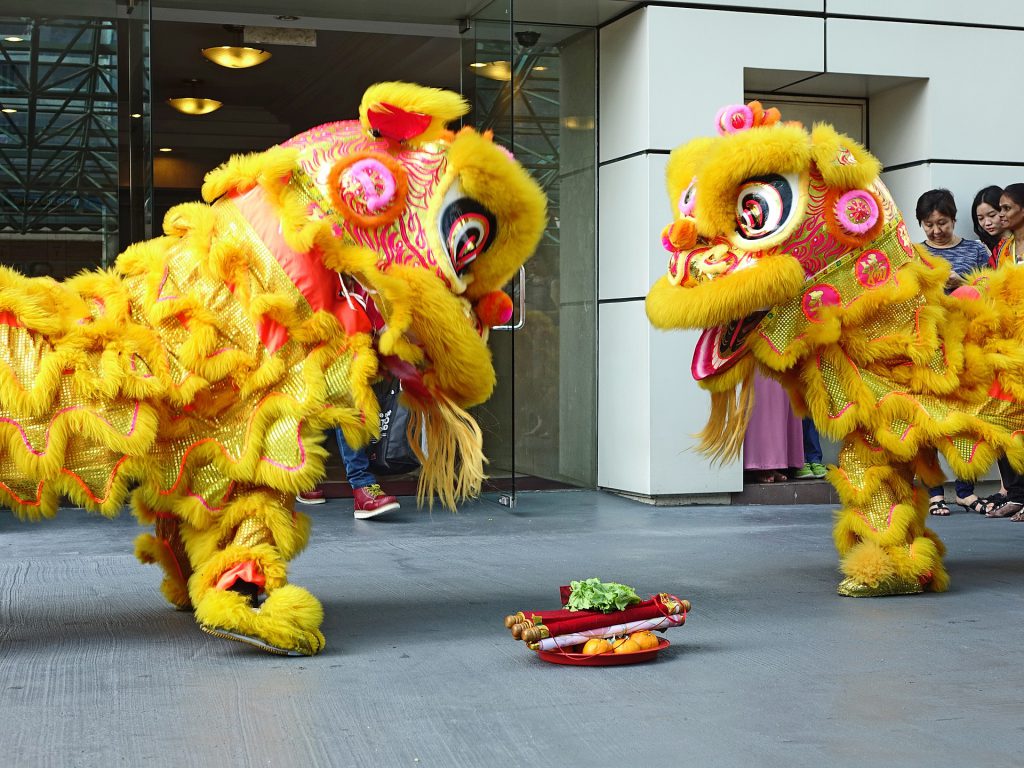
A new year always brings with it an anticipation of a fresh start and a new hope for the future. It is an opportunity to assess your position and look at any new goals or changes that you would like to make in the upcoming year even though sometimes many of our best intentions can go astray. In the West, we celebrate our New Year on January the 1st, being the first day of a new Gregorian calendar year. The night before is usually spent celebrating with friends and family and we ring in the new year with cheers and fireworks. The Chinese celebrate in a very similar way however they use a different calendar system to pin point the actual day of celebration. The Chinese use a system of two calendars, the solar and the lunar. The solar calendar marks the start of spring and signals a new year. This date is usually February the 4th or 5th of each year. It is important to realise that this is the actual start date of a new year and is used for determining all Feng Shui and Chinese Astrology practices.
For festivities, the Chinese use the Lunar Calendar, so Chinese New Year celebrations fall on different dates each year. The start date is determined by the first New Moon in the solar calendar and culminates on the Full Moon with a lantern festival. This celebration is one of the longest and most important festivals of the Chinese calendar, spanning some 15 days. It is a time when families can travel over vast distances to attend reunions with more food being consumed during this celebration than any other time of the year.
There are many traditions and superstitions associated with Chinese New Year. On days leading up to New Year, the entire house is cleaned. This is to sweep away any bad luck that may be lingering and prepare for the good luck to arrive. Decorations of auspicious phrases such as “happiness, wealth, longevity” are placed around the home along with vases of flowers, platters of oranges and bowls of sweets. All debts are to be paid up before new year’s and no money is lent on New Year’s Day.
On New Year’s Eve, all brooms, brushes, dusters and other cleaning equipment are put away out of sight. It is believed that appearance and attitude during New Year’s sets the tone for the coming year. Everyone should refrain from using foul language or bad and unlucky words. If you cry on New Year’s you will cry all year, so children are tolerated and not punished. Death and dying are never mentioned. Reference to the past year is also avoided as everything should be turned towards the New Year and a bright future.
Red clothing is preferred during this festive occasion as red is considered a bright, happy colour that keeps bad luck at bay. Children and unmarried friends are given Ang Pow or Red Packets. These are little red envelopes which have money inside for good fortune. These red packets are also placed in the centre of a candy tray after you have taken several pieces of candy. It is custom to bring oranges or tangerines along with an Ang Pow when visiting during the festivities. Oranges are a symbol of abundant wealth and should always be given in an even number. Shooting off fireworks is a way of sending out the old year and welcoming in the New Year. On the stroke of midnight, every door and window in the house is opened to allow the old year to go out. New Year’s celebrations are also accompanied with a Dragon or Lion Dance. This dance along with loud drumming symbolises the bringing of good luck and the banishing of evil spirits.

According to legend, in ancient China a beast from the mountains would infiltrate houses silently. The Chinese were always very scared of this beast but later learned that it was sensitive to loud noise and the colour red, so they were able to scare it away using fireworks, and liberal use of the colour red. This custom then led to celebrations known today. While many Chinese people today may not believe in the superstitions and do’s and don’ts; these traditions and customs are still practised as they provide continuity with the past and give a cultural identity.
In Feng Shui, the New Year is a busy time, as new calculations are made for the coming year. One very popular internal Feng Shui method used is Flying Stars. Each year the annual stars will change so this calculation allows us to be prepared for any bad stars or take advantage of the good stars. Usually you would plot a chart for the home which includes palace, mountain and water stars. These then interact with the changing annual and monthly stars. We then look to see how this interaction affects the occupants of the home. As we are currently in the twenty-year cycle known as “Period 9”, the auspicious numbers are generally 9, 1 and 2 so we look to see where these numbers fall to create positive energy.
Important to note are the changing Annual afflictions of Five yellow, 3 killings and Grand Duke. These are necessary to know if you are contemplating any renovations that year. Renovations in these sectors must be avoided, or cures used to reduce the negative effects. Another Feng Shui school with annual changes is BaZhai or 8 mansions. In 8 Mansions your Houses sitting direction determines its House Gua. This divides the house into 8 sectors each with its identifying luck. Each year certain sectors are more active than others, so this knowledge again prepares you to either take advantage of the room or put cures in place.
Chinese Astrologers are consulted at this time of year to give an indication of the coming year. There are two forms of astrology, Zi Wei Dou Shu or Purple star astrology and BaZi or 8 characters, also known as Four Pillars. A BaZi chart is made up of a Year, Month, Day and Hour Pillar. Each Pillar consists of a Heavenly Stem and an Earthly Branch. The Earthly Branch is depicted as one of the 12 Chinese zodiac animals. Whilst the Heavenly Stem is an element which influences the animal sign. This year starting February the 4th is the Year of the Wood Dragon or Jia Chen. There hasn’t been an Wood Dragon year since 1964. Astrology using only the animal year sign is a very simplified form of a reading. It represents only 12.5% of a person’s total 8-character BaZi chart, however it is still immensely popular. To acquire a more accurate forecast you must seek out a professional astrology consultant.
There is often some confusion with regard to which animal sign a person falls under, especially for those who are born close to Chinese New Year. If you are uncertain as to the exact Chinese zodiac sign that you are, you are welcome to contact me via this web site with your date of birth and time if known and I will reply with your animal sign and element.
Happy New Year wishes to all.